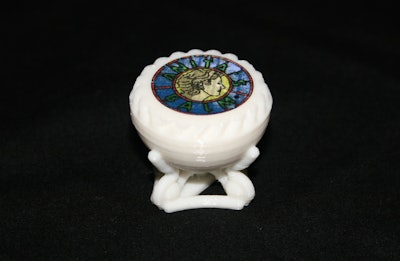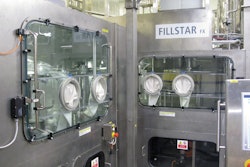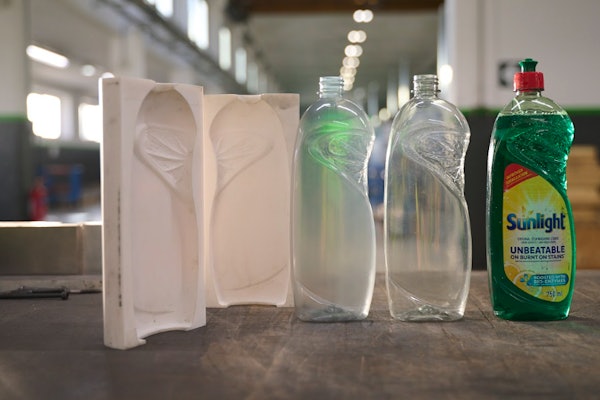
Anita’s Balm, a skincare products company based in Lawrenceville, GA, has been busy expanding its line of 3D-printed packages for its own use and for sale to other companies looking to differentiate their packaging. In 2014, entrepreneur Anita Redd and her husband, Jason, made news when they launched their first package printed with 3D technology. The Redds designed and engineered the 1-oz, twist-up jar in the shape of an amphora jar and printed it using polylactic acid resin and a relatively inexpensive (less than $2,000) 3D printer.
Since then, the Redds have purchased a second MakerGear™ M Series printer that is helping them churn out a range of new package sizes and styles. Among them, a 0.5-oz caribiner pot, a balm pot in 0.25- and 1-oz sizes, new styles of the 1-oz handled jar, salt and pepper shakers, and a “treasure box” rectangular box with top.
Anita Redd says the switch to 3D-printed packages from traditional stock containers made from petroleum-based plastics was motivated by a number of factors, particularly environmental. “The current offerings were not compostable, were non-functional and expensive, and were not decorative. We are concerned about plastic waste, and our choice of polylactic acid lends to quick disintegration after use. Polylactic acid is sourced from beets, sugarcane, or corn, so it is sustainable.
The caribiner pot, Anita Redd explains, was inspired by Jason, a climbing enthusiast, and is designed to provide a functional and utilitarian way for rock climbers to carry the product. “Also, we hope this is a good way to reach the athletic and teenage markets,” she adds.
For the 0.25- and 1-oz lip balm pots, the design is based on an Asian teapot, with finger holds on the bottom for a comfortable and ergonomic grip. The pot as well as the caribiner uses a four-color label on the lid with a stained glass pattern, in contrast to the first 3D-printed jar, which uses a black-and-white label. Says Anita Redd, “We noticed the competition was utilizing bright and graphic colors in their packaging, and we like the creativity of using the stained glass drawing technique. Photography is integrated into our label as well.”
To keep their two 3D printers purring along, the Redds now offer these package styles as empty containers to other companies. Anita Redd says the jars offer brand owners a more sustainable packaging solution that is decorative and functional as well. She adds that she is not concerned that by offering these containers to other brands, Anita’s Balm will lose its competitive advantage: “If the market is saturated with our current design,” she says, “we can design other containers.”






















